Even if you enjoy throwing iron around on a regular basis, or spend your days advising others on health and wellbeing, the reality of modern living means even the best of us can feel the effects of inactivity. It might be time to hold a mirror up to ourselves and see whether we are really doing all we need to be healthy, as well as fit and strong.
“There is nothing as deceptive as an obvious fact.”
Sir Arthur Conan Doyle
On the list of “I know that like the back of my hand” moments in my life, I have had a recent and profoundly obvious revelation. This should not have been a revelation, but as the quote from the author of Sherlock Holmes points out, an obvious fact can be a deceptive one.
The revelation? I became sedentary 4 years ago.
That’s right—I became sedentary. Having left personal training and management at a facility I had worked at off-and-on for the better part of 11 years, I transitioned into a computer-based existence that can be very sedentary. While I maintained my kettlebell practices 3-4 days a week, my days involved hours and hours of writing, emails and online meetings.
What Defines a Sedentary Lifestyle?
If we look at this from the perspective of steps per day, then taking less than 5,000 is considered sedentary[i]. Based on my iPhone’s tracking of my movement in the Health app, I was averaging less than 2,000 steps a day—sedentary for sure!
Lifestyle is an overarching term for how we live our lives. If we look at what mine had become from a more anthropological perspective, we can see that there are some important effects from being inactive versus a more active lifestyle[ii].
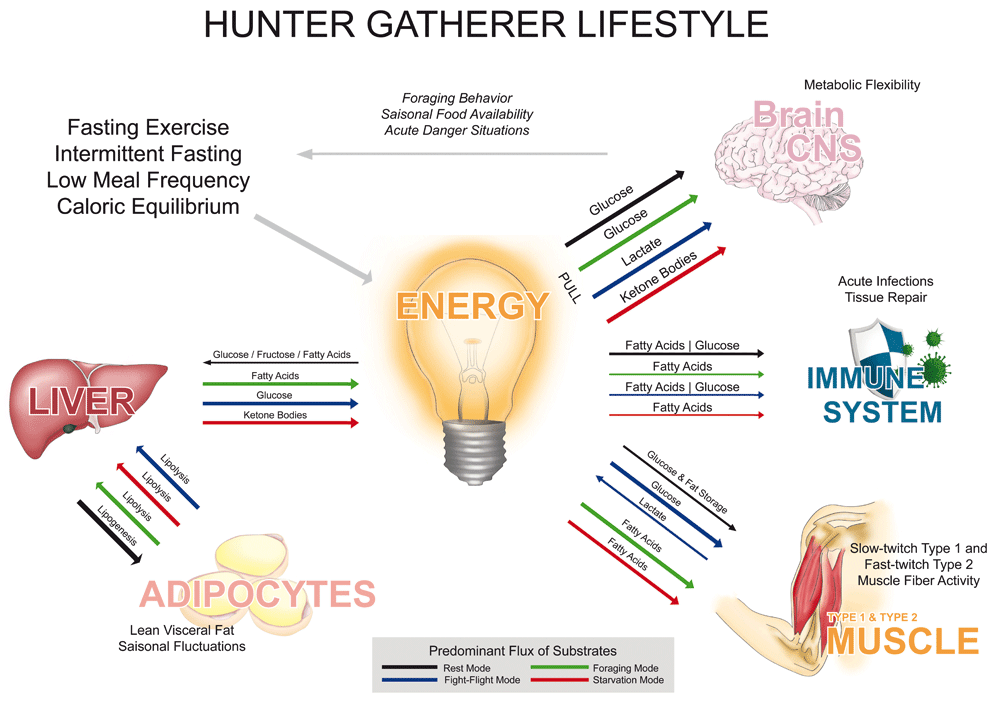
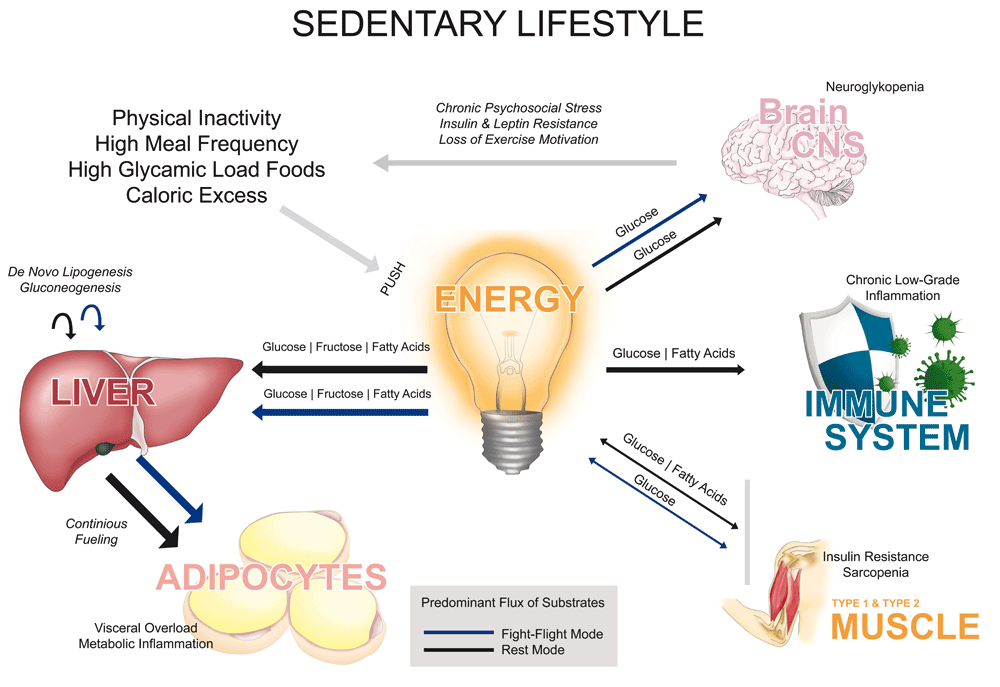
In my previous article, I highlighted Gray Cook’s expansion on the SAID principle:
“The organism’s specific adaptation to the environment’s imposed demands.”
The human organism is incredibly adaptive, even to the negative aspects of life. Our environment can encourage adaptation toward the sedentary. When it does not impose any demands, we adapt in that direction.
Exercise Versus Physical Activity
While a healthy lifestyle includes exercise, exercise alone does not make a healthy lifestyle. There is much more in the 168 hours of a week that influences your health than the three to six you might spend exercising. Sleep, nutrition, stress, interpersonal relationships, and work are all part of the 168 hours and have major impacts on how we adapt to—and recover from—our physical actions, including non-exercise activity (walking etc.).
If sleep is at one end of the activity spectrum, and exercise at the other, we spend the vast majority of our time in the middle ground between. So, is there a difference between physical activity and exercise?
“Physical activity is defined as any bodily movement produced by skeletal muscles that results in energy expenditure…. Exercise is a subset of physical activity that is planned, structured, and repetitive and has as a final or an intermediate objective the improvement or maintenance of physical fitness.”[iii]
The reality of our modern lives, however, is we must sometimes use exercise as a proxy for more generalized physical activity.
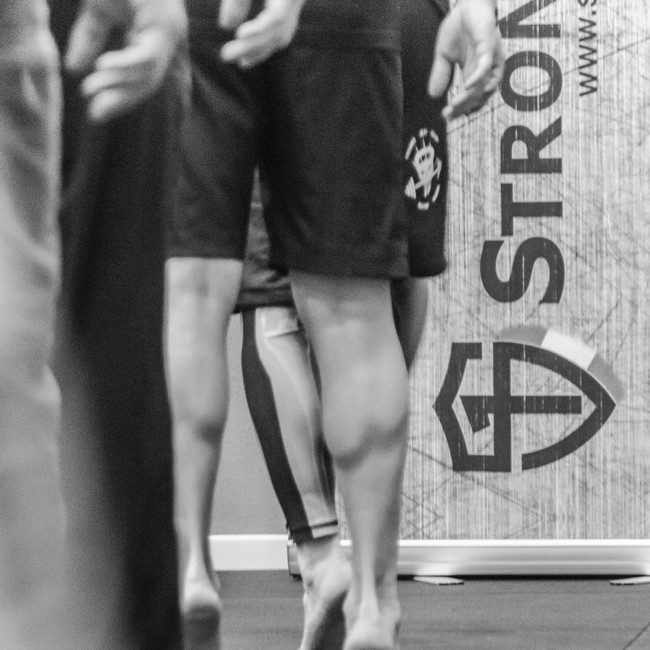
Ischemic Reaction
In those 4 years of desk-based work, I began to slowly feel the impact of being sedentary. But just like the frog that fatally stays in water slowly brought to a boil, the slow progression allowed me to fool myself and miss the obvious facts.
Ischemia is a reduction in blood flow to an area. It can be brought about by inactivity, and the compression associated with chronically held postures—two characteristics of sitting and even sleeping. Not only can reducing blood flow to an area increase stiffness there, but from an organic perspective, it has a very negative impact on the heart and cardiovascular system. Inactivity is considered a risk factor for diabetes and cardiovascular disease; it actually changes the structure of the arteries.
Additionally, low cardiopulmonary fitness is a strong predictor of all-cause mortality, and sedentary living is considered to be responsible for approximately one-third of deaths from coronary heart disease, colon cancer, and type 2 diabetes[iv].
While this is only a working theory of my own, I feel that this ischemic reaction to being sedentary could be responsible for a lot of what impacts modern people. Are our aches and pains primarily due to aging, or because we are increasingly ischemic?
Steps Per Day—Really?
I know, I know—the pedometer is so 1980. That aside, it does provide an elegantly simple way to track basic activity. For me, the Apple Watch and iPhone provide easily accessed information. While likely not accurate enough for precise measurement, it gives ballpark data. However you choose to begin tracking your movement, remember to view the data from a high-level perspective and not worry too much about the precision.
As previously noted, having fewer than 5,000 steps a day places you in a sedentary category, but, if that is our minimum, what is a recommended number? It appears that moderate to vigorous activity accumulating 7,000-8,000 steps is a level to shoot for, with about 100 steps per minute cadence (or 3,000 steps per half hour)[v].

What is a Good Goal for Daily Activity?
My own goal is 7,000 or so steps on non-kettlebell practice days. If you were guessing 10,000 steps, you may have missed an article from NPR[vi]. It turns out there may not have been good evidence to suggest that number, but I think being over 5,000 makes a difference and 7,000 may be a level where the human organism does best.
From a larger context than steps and exercise, the discussion about being sedentary is really about lifestyle. Sleep, nutrition, stress and all the aspects of a healthy lifestyle are important as well. Exercise is part of that equation and kettlebell training provides an excellent adjunct to a more active lifestyle. A program like that found in The Quick and The Dead quickly delivers power and high-end conditioning that is supported by the lower intensity work of increasing your daily steps.
Are you sedentary? You may be due a revelation.
References
[i] Sports Med. 2004;34(1):1-8.
[ii] Version 2. F1,000Res. 2017; 6: 1787.
Published online 2018 Feb 2. doi: 10.12688/f1,000research.12724.2
[iii] PubMed Central. 1985 Mar-Apr; 100(2): 126–131.
PMCID: PMC1424733 PMID: 3920711
[iv] Eur J Appl Physiol. 2010 Mar; 108(5): 845–875.
Published online 2009 Nov 27. doi: 10.1007/s00421-009-1260-x
[v] Int J Behav Nutr Phys Act. 2011 Jul 28;8:79. doi: 10.1186/1479-5868-8-79.
[vi] NPR article—www.npr.org/sections/health-shots/2019/05/29/727943418/do-you-really-need-10-,000-steps-per-day


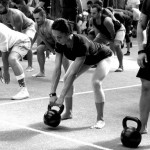
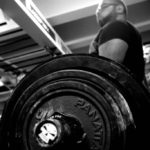




I would get what seemed to be ischemic reaction after S&S sessions. A glance at the daily averages: I was reading up to 12 hours a day and spent the rest of the day searching the internet or otherwise sedentary – duh!
A simple solution was to just start walking to places. Even the Buddha recommended it in Aṅguttara Nikāya 5.29:
“Monks, there are these five benefits of walking up & down. What five?
One is fit for long journeys; one is fit for striving; one has little disease; that which is eaten, drunk, chewed, tasted, goes through proper digestion; the composure attained by walking up & down is long-lasting.
These, monks, are the five benefits of walking up & down.”
I mainly see people taking their dogs out or rather it’s the dogs taking their people out.. Walkers have become rare and the paths have been optimized for high speeds and all kinds of wheels. I’ve become convinced that there are some subtle changes happening with the exposure and habit of only traveling fast – especially when the speed is combined with sedentary lifestyle. Or maybe I’m just getting old and paranoid – ha!
Samuli,
Interesting quote from Buddha.
Our modern lives do or can make being active on a daily basis a challenge for sure.
Thank you
Good article – and great timing!
I’ve just been re-reading Katy Bowman’s book – ‘Move your DNA’ which goes deep into the reasons why you need movement more so than exercise.
Amazing book and it will change how you see your lifestyle big time!
Thank you—I have read Bowman’s book and it is good.
Great article, Brett!
I’m definitely sedentary!
The same thoughts brought me to start jogging again. Being active in KB exercise (3-4 times a week) since at least 6 years, I felt like missing movement outside in the fresh air. Working as a sales force in special wound care I spend a lot of time in the car. Since few months I do 8-12 squats each time I get out of the car, as long as I’m not in a hurry. As I started jogging last month, I’ve noticed one of the WTH of KB training: a had absolutely no issues with breathing and heart rate, while jogging 5 km on regular basis first time since almost 5 years.
KB and good movement make me feel living on hard days.
Best regards from Düsseldorf, W-Germany.
Sergej
Sergej,
Nice WTH effect!
Brilliant Article. Need of the hour. Thank you good sir.
Thank you
Good article. Steps are important. Although the mathematical calculation created by the Japanese to come up with 10,000 steps idea I read is pretty right on. Also I would drop all devices like the Apple Watch to keep track of fitness. Every 3 seconds it sends out a 3g signal soon to be a 5 g signals syncing with any network or your phone. It stresses mitochondria, causes inflammation. Pub med. check it out
Interesting
Yup. I qualify as sedentary without a doubt. I love hoisting iron around but honestly the best shape I’ve been in is when I live in Boston an walked everywhere (approximately 4.5 miles per day) these days I doubt I put in 2000 steps a day. Haven’t really thought about that, it’s sumthing for me to STRIDE towards.
I’m at a computer all day for work, and I have to say that making a conscious effort to consistently move more during the day has greatly helped with some chronic lower back pain I was having.
Great article Brett!
Thank you
Stride indeed!
This would seem to confirm my belief that it’s important to get out and walk for on average an hour a day, if you’re not involved in martial arts classes or basketball or whatever like that.
Gotta move that’s for sure.
I too became sedentary 5 years ago switching over from a 5am-11pm personal training business into a computer-based existence. Truth! It can be very sedentary. Thank you, Mr. Jones for shining a light on a much needed blind spot for all of us tied to a desk, computer, and phone. A revelation, amen.
Thank you
isn´t GTG designed for just that problem?
Stand up every 30 minutes and do an exercise.
Troy,
It certainly can be part of the solution.